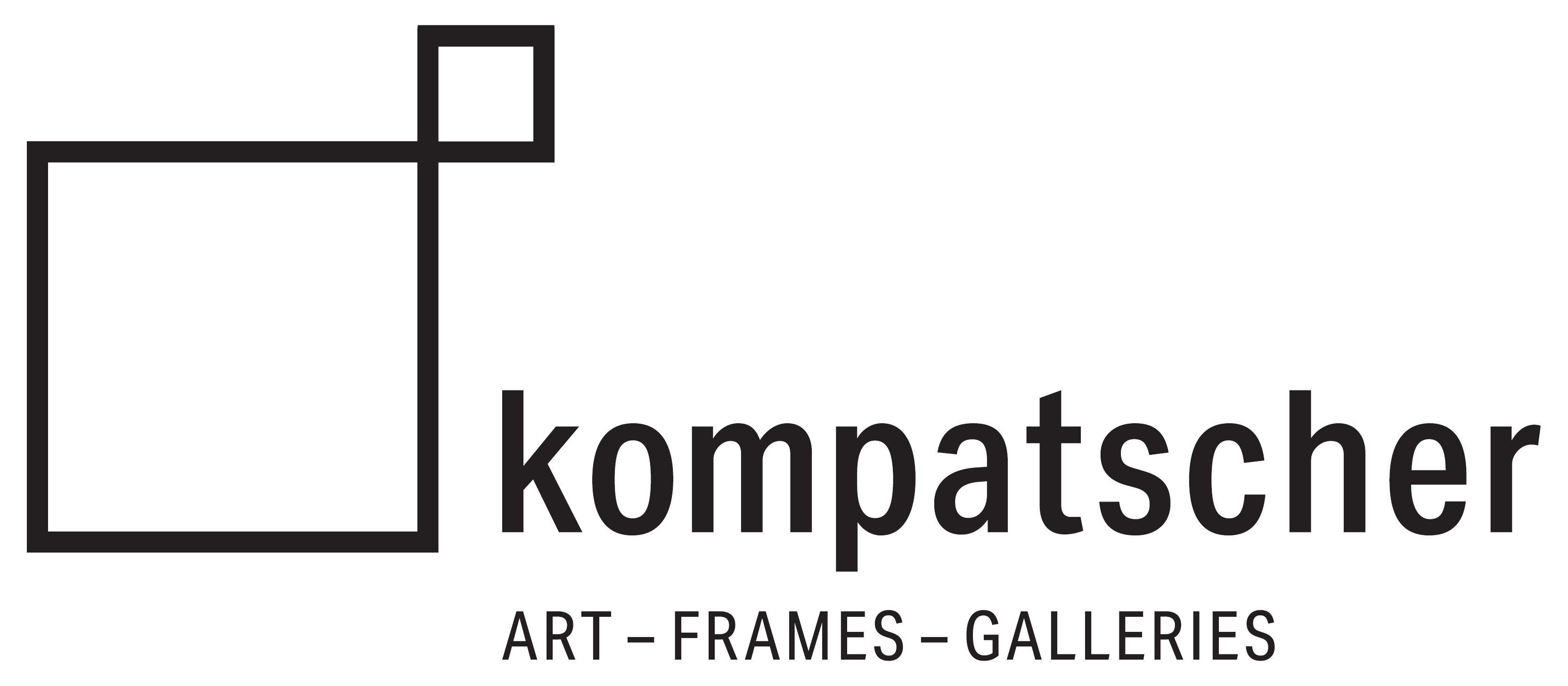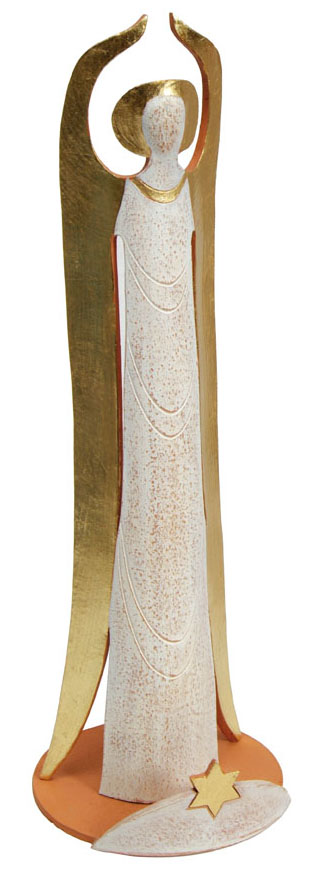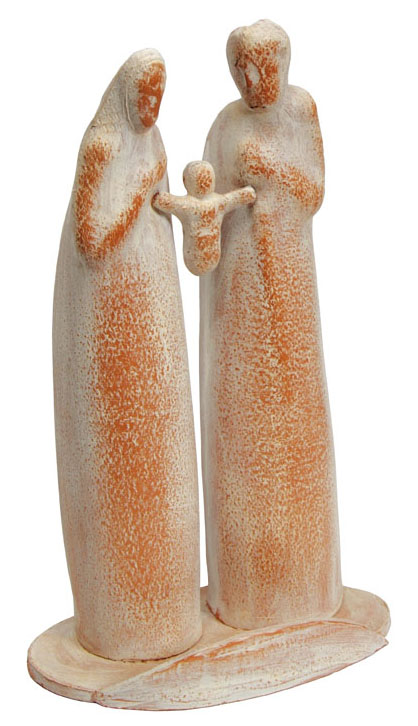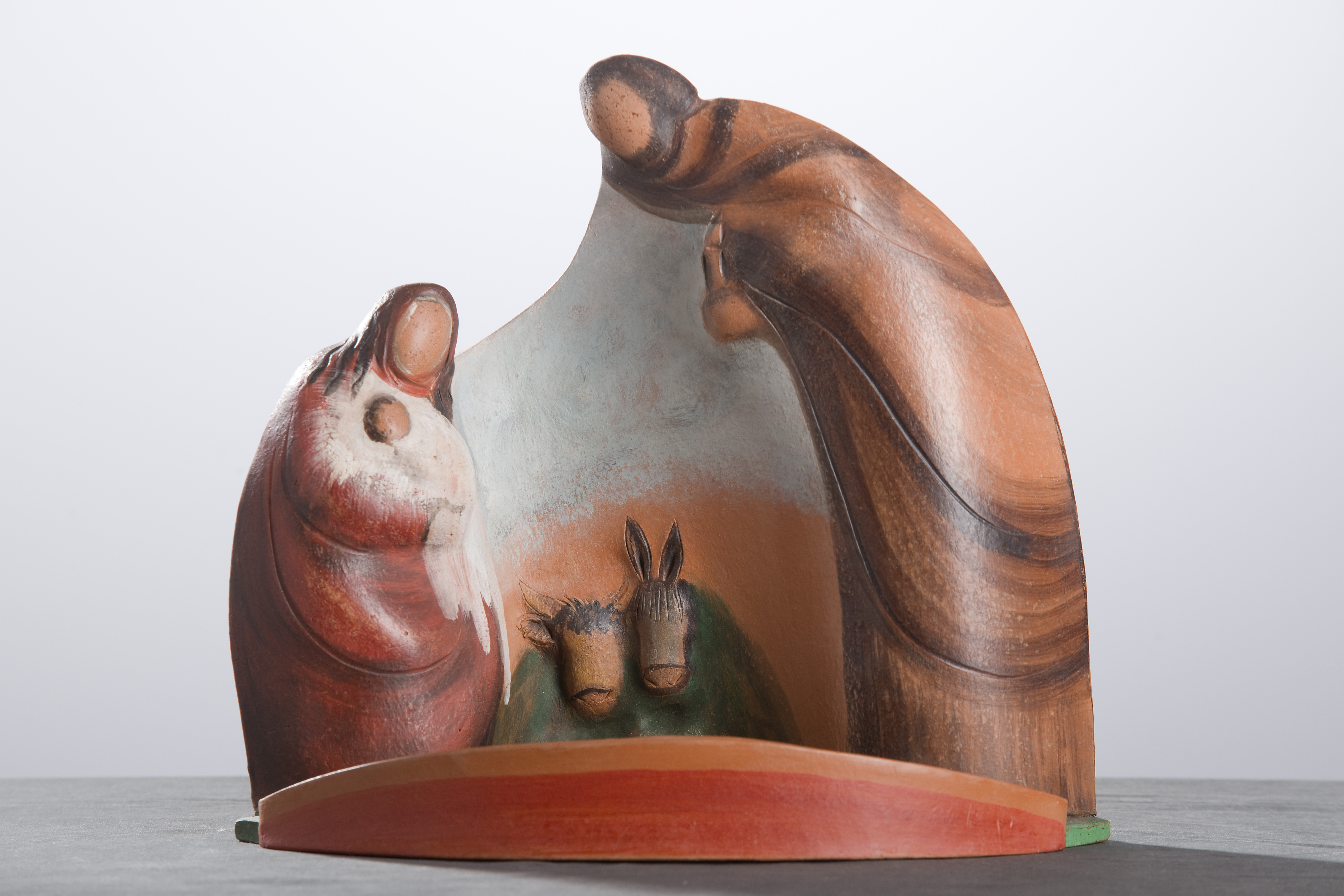Lipp Bruno
Bruno Lipp was born in 1951 in Hindelang in the Allgäu. At the age of 12, the enthusiastic boy already knew how to carve pleasing figures from simple pieces of wood.
Due to the far-sightedness of his parents, who probably recognised their son’s talent early on, Bruno Lipp was fortunate enough in his early youth (at the age of 15) to enjoy an apprenticeship as a wood sculptor at the carving school in Elbingenalp/Tyrol with Prof. Rudolf Geisler-Moroder between 1966 and 1970. This also laid the foundation for Bruno’s artistic career.
Bruno Lipp then pursued sculpture with Prof. Walter Ritter at the Art School of the City of Linz. Since 1971 he has been a member of the Eferdinger Künstlergilde.
In 1973-1976 the artist devoted himself to studying sculpture at the Linz Art School with Prof. Erwin Reiter. Subsequently (1976-1978) he taught at the carving school in Elbingenalp for a period of 2 years.
Since 1979 the artist has been working as a freelance sculptor. For 10 years he restored many churches and art-historical buildings together with his wife Elisabeth – who is also an academic artist.
He organises various exhibitions at home and abroad. In his modesty, the artist does not even list them. However, this in no way diminishes his great renown.
Bruno Lipp’s technique:
This is the so-called plate technique, which was already used by the ancient Etruscans.
The artist’s talented hands model the half-moist clay slab. This process requires enormous concentration and precision, because the more reduced the forms, the more precise the execution must be in order to bring expression and movement into the work of art.
The unique pieces are then painted with egg tempera; the artist rarely uses special wax paints.
The delicate, modern shapes and forms, reduced to a minimum, only come into their own through the candlelight in an interplay of light and shadow. Thus, through their radiance, they convey a sense of security and love of life from faith.



